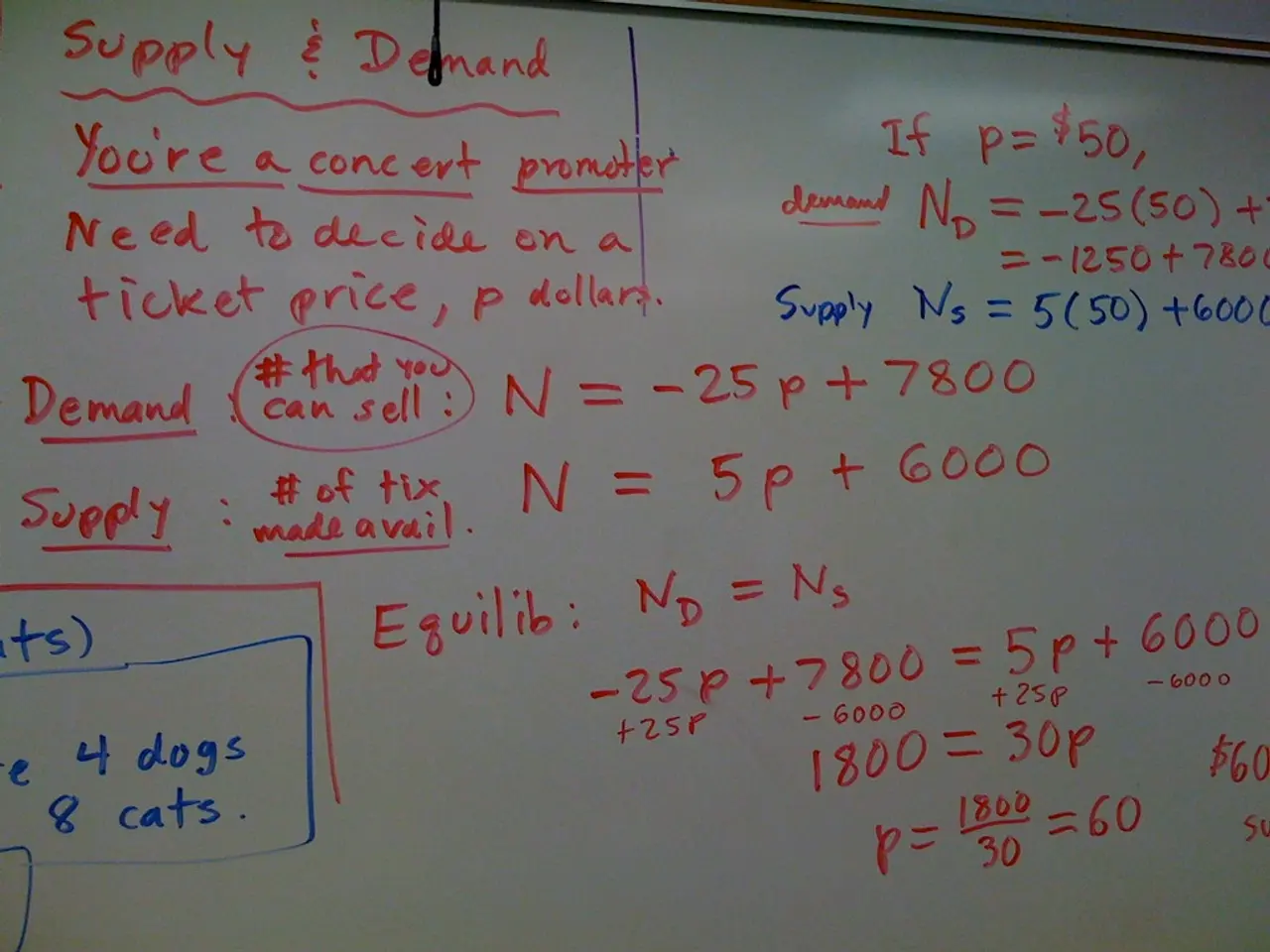Goodbye token-based system, welcome to patch-based approach
In the realm of Large Language Models (LLMs), a new architecture proposed by Meta, known as the Byte Latent Transformer (BLT), is poised to revolutionise the way text is processed. Unlike traditional LLMs, which chop text into tokens using fixed rules, BLT processes input text directly at the byte level, bypassing traditional tokenization [1][3].
The traditional approach to LLM input processing involves breaking down text into tokens, which can be words, subwords (like in Byte Pair Encoding or BPE), or characters. This fixed granularity, however, imposes limitations on how models operate and predict future text sequences.
BLT, on the other hand, offers a more flexible approach. It does not require fixed-size tokens, allowing it to adapt better to different types of input data, including irregular or edge-case inputs. By directly processing bytes, BLT might also reduce computational overhead associated with tokenization steps, potentially improving efficiency [1].
One of the key advantages of BLT is its ability to handle edge cases more effectively. Unlike traditional LLMs, which rely on predefined token dictionaries, BLT can more effectively handle edge cases such as out-of-vocabulary words or unique formatting. This makes it particularly well-suited for tasks requiring character-level understanding, such as correcting misspellings or working with noisy text [2].
The BLT architecture also allows for a simultaneous increase in model size and average size of byte groups while maintaining the same compute budget, opening new possibilities for building more efficient models. Moreover, BLT can match the performance of state-of-the-art tokenizer-based models while offering the option for up to 50% reduction in inference flops [3].
The dynamic approach of BLT leads to a more efficient processing of predictable sections. BLT uses an entropy-based grouping, where it predicts the surprise of each next byte and creates a boundary for highly unpredictable bytes (like the start of a new word) to dedicate more computational resources to challenging parts of the text [2].
On standard benchmarks, BLT matches or exceeds Llama 3's performance. In fact, BLT significantly outperforms token-based models on tasks requiring character-level understanding, such as the CUTE benchmark testing character manipulation, by more than 25 points, despite being trained on 16x less data than the latest Llama model [2].
In conclusion, Meta's BLT architecture offers a more adaptable and potentially efficient approach to LLM input processing. By bypassing traditional tokenization, BLT allows for better handling of edge cases, improved scalability, and the potential for increased efficiency. As research continues, this novel architecture could pave the way for a future where language models might no longer need the crutch of fixed tokenization, potentially leading to models that are both more efficient and more capable of handling the full complexity of human language.
References: [1] BLT: Byte Latent Transformer for Efficient and Adaptable Language Modeling. (n.d.). Retrieved from https://arxiv.org/abs/2204.04686 [2] Meta's Byte Latent Transformer (BLT) Outperforms Token-Based Models on Character-Level Understanding Tasks. (n.d.). Retrieved from https://techcrunch.com/2022/06/22/metas-byte-latent-transformer-blt-outperforms-token-based-models-on-character-level-understanding-tasks/ [3] Meta's Byte Latent Transformer (BLT) Offers 50% Reduction in Inference Flops. (n.d.). Retrieved from https://www.researchgate.net/publication/363841224_Meta's_Byte_Latent_Transformer_BLT_Offers_50_Reduction_in_Inference_Flops
Technology and artificial intelligence are integral components of Meta's Byte Latent Transformer (BLT), a novel architecture that aims to revolutionize Large Language Models (LLMs) by bypassing traditional tokenization, thereby offering a more flexible approach to processing text at the byte level. This dynamic approach allows BLT to adapt better to various types of input data, including irregular or edge-case inputs, and potentially improve efficiency.




